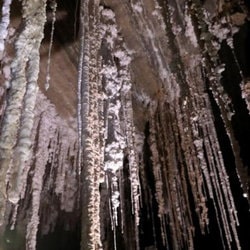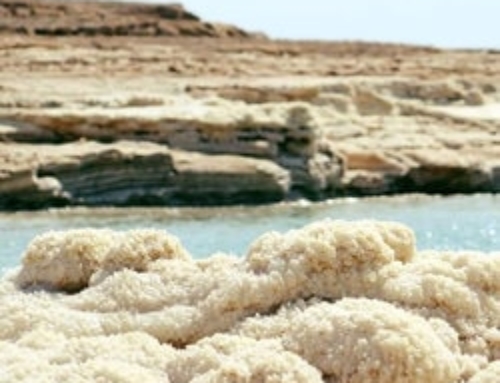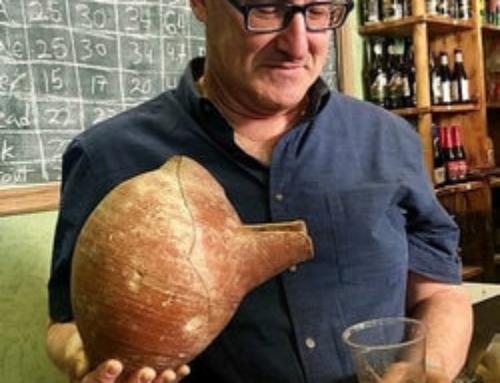 During an expedition led by Israeli pothlers a salt cave crossing Mount Sedom to near the Dead Sea was discovered. More than 10 kilometres long, it surpasses the one found in Iran in 2006 so Israel again holds the record for the longest salt cave in the world.
During an expedition led by Israeli pothlers a salt cave crossing Mount Sedom to near the Dead Sea was discovered. More than 10 kilometres long, it surpasses the one found in Iran in 2006 so Israel again holds the record for the longest salt cave in the world.
Suspicions since 1980
The Malham region where this discovery was made had already attracted the attention of Amos Frumkim, the scientist, who directed the Centre for cave searches in the Hebrew University of Jerusalem. At that time, he had only mapped 5 kilometres of the underground cave under Mount Sedom, the highest mountain in the country.
The site had always been of great interest to historians. According to different accounts, it corresponded to ancient Sodom, a city destroyed by divine fire and where, according to the Bible, Lot’s wife was changed into a statue of salt.
Searches undertaken again by Yoav Negev in 2007
An internationally known potholer, Yoav Negev founded at the beginning of the 2000s, the Israeli cave explorers club. In 2017, ten years after the discovery of cave N3 in Iran, which up to then was considered to be the longest in the world, he decided to continue the work of Amos Frumkim.
To do this he formed a team of 28 potholers, 8 Europeans and 20 locals. In 2018, this multidisciplinary team went on an expedition in the cave for preliminary work.
A larger team and better tools
With the aim of gaining more information about this large cave, M. Negev formed a new team of 80 potholers from 9 countries under the guidance of the Hebrew university Jerusalem. A new 10 day expedition was organised to completely map the cave using precision tools. The expedition discovered that in reality the cave is more than 10 kilometres long.
Apart from its length, the team were amazed by the beauty of the cave. Most of Mount Sedom is made up of blocks of salt which are covered with a fine layer of rock with many fissures. During the sporadic rains that hit the region, water penetrates the fissures to form salt stalactites of different shapes and lengths. They are mostly concentrated in a part of the cave that the explorers called the “Marriage Hall” because of its astounding beauty. It is difficult to access but it’s worth it to see the unique sight of hundreds of white stalactites.
The rest of the cave is made up of caverns, plateaux, passages and pillers; a unique site in Israel and in the world. For the moment, we don’t know yet if the site will be open to the many tourists who visit Israel every year seeking exceptional places like this.






Leave A Comment